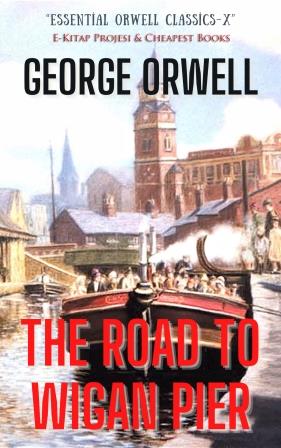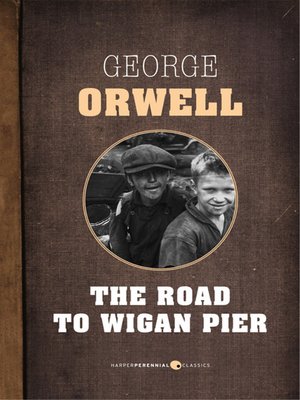
However, few references are provided and some important historical documents apparently were not utilized. In 1980, Hannavy and Winstanley (ref) prepared a book on Wigan Pier to present a vividly illustrated account of the pier: sixty six photos provide an historical treasure trove. Today, a 10-year plan is being developed to reinvigorate Wigan Pier and the canal area. A night club, a pub and a display to document Wigan's history, "The Way We Were Heritage Centre", thrived by the canal for quite a few years. Riding on the notoriety of the then non-existent pier, a symbolic replica of a tippling mechanism was installed on the canal wharf in the 1980s (Photo 4). Nevertheless, in 1937 Orwell published his landmark book, "The Road to Wigan Pier". He searched in vain for a real railway pier head in the Canal Basin, but it had been demolished in 1929.

Although he wanted to temporarily be part of their world, he knew he was not one of them and, "went among them as a foreigner"(GO 1937). George Orwell regarded the working class, for whom he had great admiration, as victims of injustice and visited Wigan in 1936 to see what their lives were like. It is not surprising that for a town more than 20 miles from the sea, Wigan pier gained notoriety through music hall songs and jokes by George Formby Sr. There are many different stories about the pier.

Wigan pier is an iconic landmark, famous worldwide.


 0 kommentar(er)
0 kommentar(er)
